New block, a new cast of 26 students for adventures in global climate change in three and a half weeks. As the only non-majors class I teach – in fact this block only six students were planning on majoring in Environmental Science or Environmental Studies – I try to provide multiple opportunities for them to connect with the material. From choosing a STEM professional they are interested in researching (Women in STEM Wikipedia Biographies Projects) and heating up the room while doing molecule dances to measuring albedo of their surroundings and researching a climate affected mountain-based ecosystem service (as it turns out this is not limiting) the students learn about how climate works by doing and communicating science.
1. The Earth’s Climate Engine
The class starts off with students connecting climate change to phenomenon they see around them (snow is super bright!) to the justice inequities rising temperatures are worsening across the globe. In addition to the chemistry and physics required to understanding how energy is transferred around the globe — Stefan-Boltzmann, Wein’s Displacement Law, Coriolis effect, greenhouse effect, albedo, the specific heat of water, atmospheric window, climate sensitivity, thermohaline circulation, etc — we also talk about why Stockholm is so much warmer than Moscow and why Hawaiian resorts are usually on the southwestern side of the island — after all while weather is not climate, everyone cares about weather (and understanding one helps you understand the other).
2: Climate of the Past
Understanding the natural variability in the earth’s climate due to tectonics and orbital variations helps the students contextualize current change and reinforces the concepts from week one – especially the importance of feedbacks. The government re-opened and we visited the National Ice Core Lab and worked with stable isotope data from the Vostok Ice Core Lab.
Isotopic fractionation is not an easy concept – especially when an increase in δ18O means temperature was decreasing if examining the oxygen in calcium carbonate (coccolithophores) while if looking at the isotopes in ice, an increase in δ18O means temperatures were warmer. I am a pretty big fan of using cat analogies and share some of my past forays into stand up comedy to help the students understand the concept.
3: Climate in the Present
In Week 3 we head to the Mountain Research Station (CU, Boulder) so that the students can see how we measure change in the present and start their projects, connecting climate change in mountain ecosystems to downstream impacts: from wildfire and declining pika populations to the effects of shifting snow pack on the ski industry, farmers, and municipal water supply.
The students explored temporal changes in data collected at the Niwot Long Term Ecological Research Station (or co-located sites of national networks: National Atmospheric Deposition Program, Ameriflux) and connected these trends (or lack thereof) to an ecosystem service of interest.
 While at the Mountain Research Station students wrote six word stories to distill the central message of their projects connecting climate change to: increase wildfire, potential drinking water contamination (disinfection by-products), water for agriculture, alpine wildlife, drinking water quantity, increased avalanche activity, and the ski industry.
While at the Mountain Research Station students wrote six word stories to distill the central message of their projects connecting climate change to: increase wildfire, potential drinking water contamination (disinfection by-products), water for agriculture, alpine wildlife, drinking water quantity, increased avalanche activity, and the ski industry.
Week 4: Celebrating and Communicating Science
Students then had to write brief papers and create both static and “live action” presentations aimed at communicating science to a non science audience by appealing to people’s shared values.
Abby, Catie, Craig, & Crawford channeled their love of skiing & snowboarding to investigate the affects of declining snow pack (they analyzed SNOTEL data collected near major ski resorts) on the ski industry had a pretty stark reminder of what’s to come: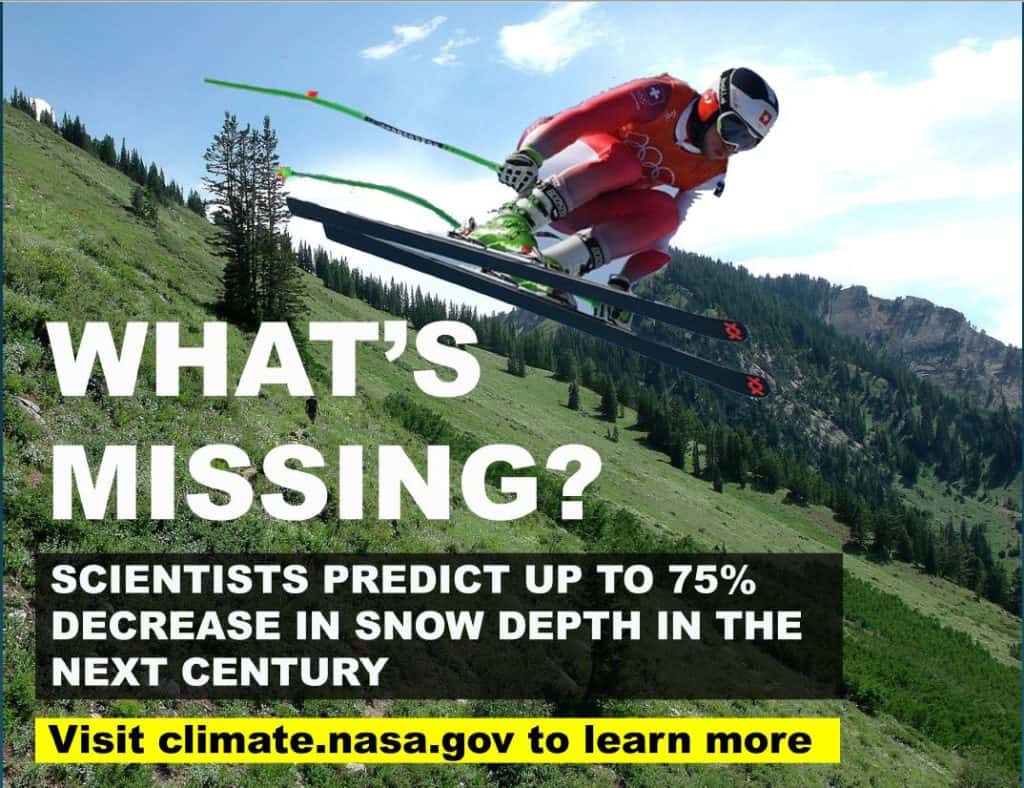
Dylan & Lonnell created an album – focused on decreased water supply security: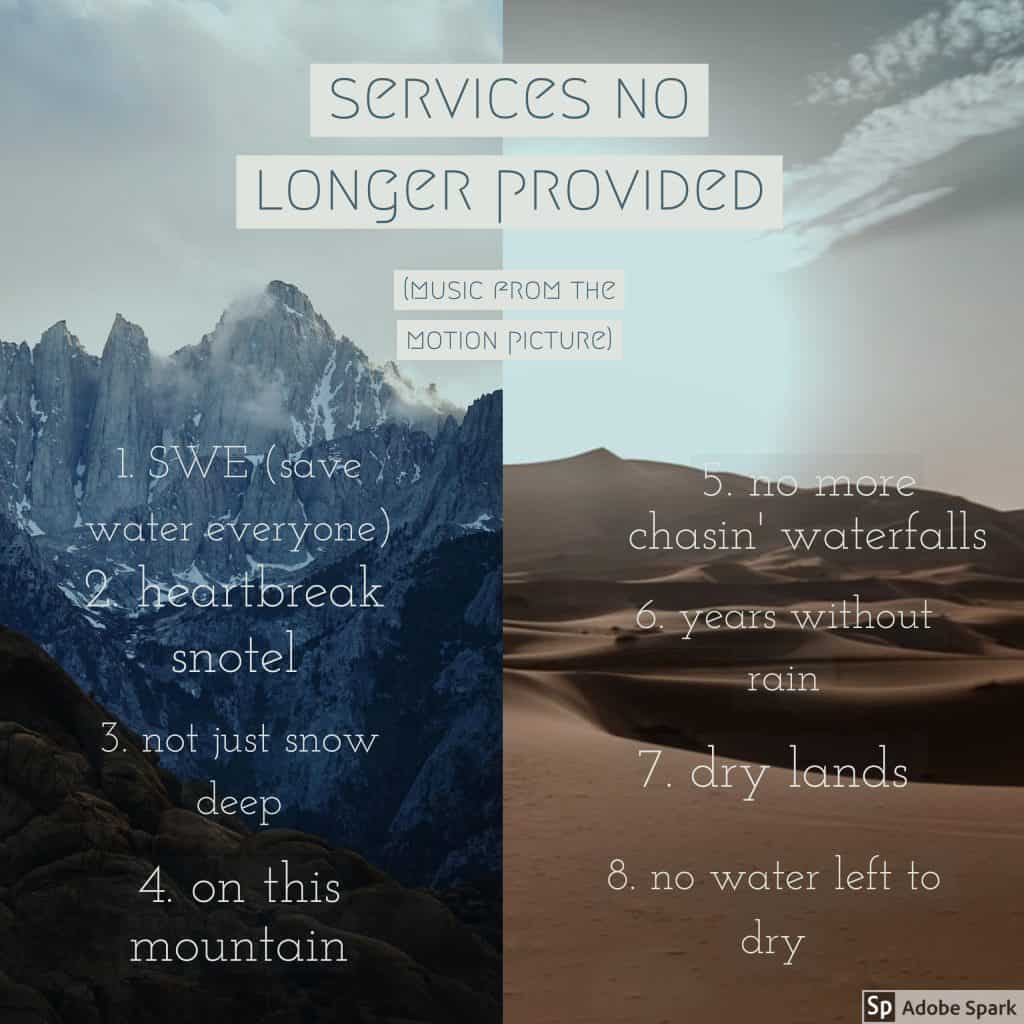
Nick, Gracia, Charlotte, and Saul focused on reliable water supply for agriculture made this campaign video:
While other groups played on Boulder’s reputation for loving their outdoor playground to think about where their water comes from (Noah, Nerissa, Oscar & Daniel) as they tackled the complicated chemistry of disinfection byproduct formation. Their ad linked to a website where interested folks could follow the path of their drinking water and investigate the sources of possible contamination.
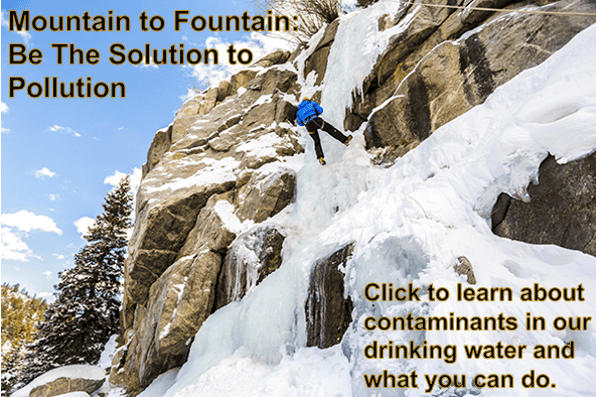
While Tim, Charlie, Ethan & Charlie summarized the multiple drivers leading to increased wildfire risk across the western U.S.. With Tim bringing his unique perspective as a wildland fire fighter (and junior religion major) to the project.
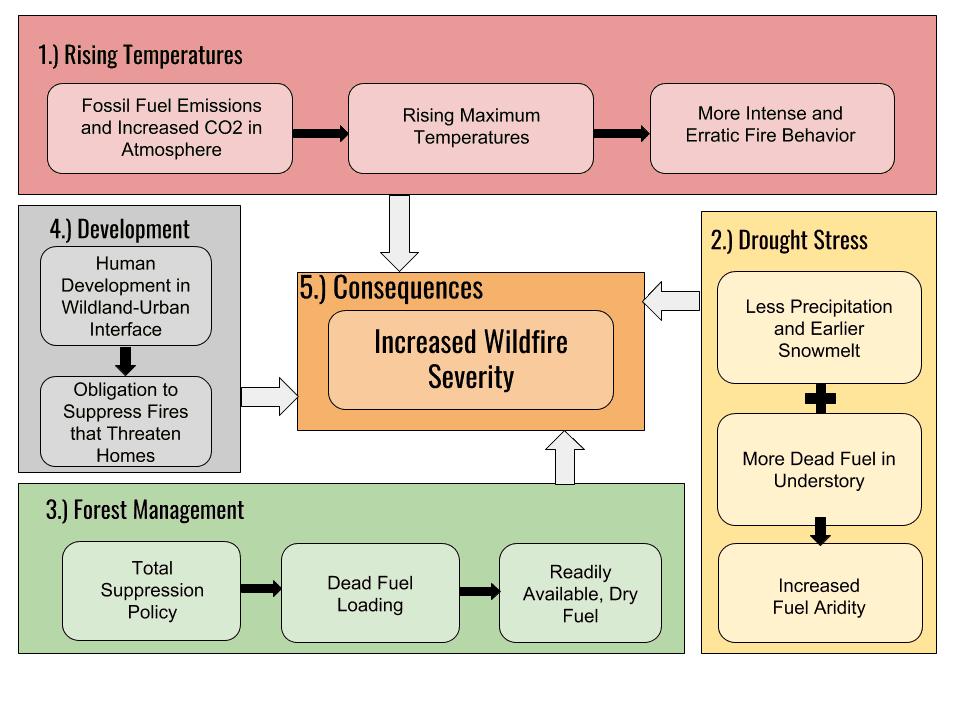
Women in climate-related STEM fields
Once again the students each wrote a biography of a scientist for Wikipedia — chipping away at the gender bias of biographies on the fifth most trafficked site in the world. Each time it is so great to see how excited the students are to learn about their scientists’ path and how that connection leads to diving into a research topic that requires hours of deciphering and as they often admit – looking things up on Wikipedia. On the last day of class, students celebrate their scientist (<5 minutes, one slide).
Scientists researched (hopefully you didn’t feel stalked) and written about in Block 5 include: Sally Archibald, Naomi Cappuccino, M. Francesca Catrufo, Janice L. Coen, Jana Compton, Paige Fischer, Arlene Fiore, Ceridwen Fraser, Susan Hassol, Nicole Hernandez Hammer, Elisabeth Holland, Rebecca Hornbrook, Michele Koppes, Erica D. Kuligowski, Maureen D. Long, Vicky J. Meretsky, Joanna Nelson, Melanie Harrison Okoro, Tiffany Shaw, Emily Stanley, Allison K. Shaw, Allison Steiner, Diana Urge-Vorsatz, Phoebe Zarnetske. I greatly appreciate all of those who answered my students’ questions via email, phone, and Skype.
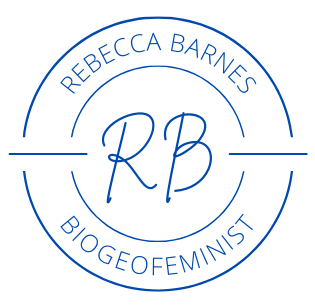
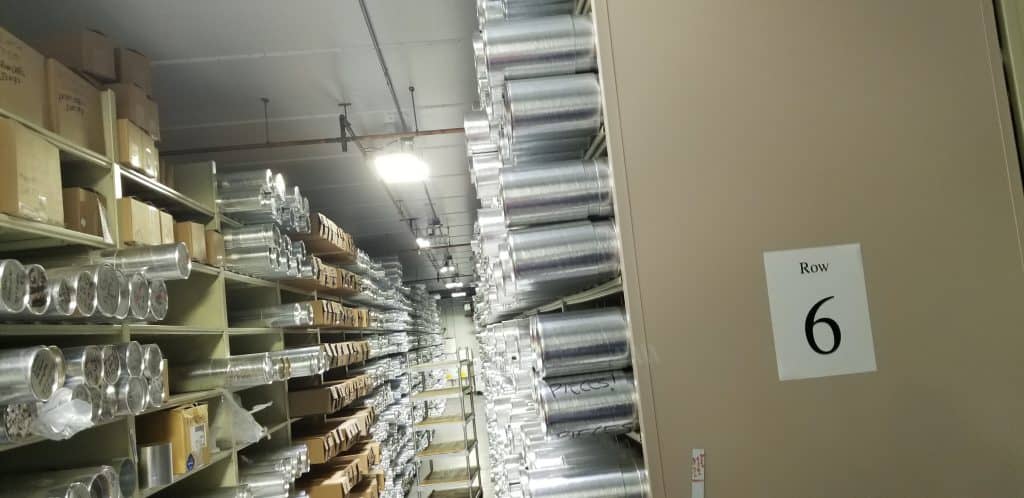
Comments are closed